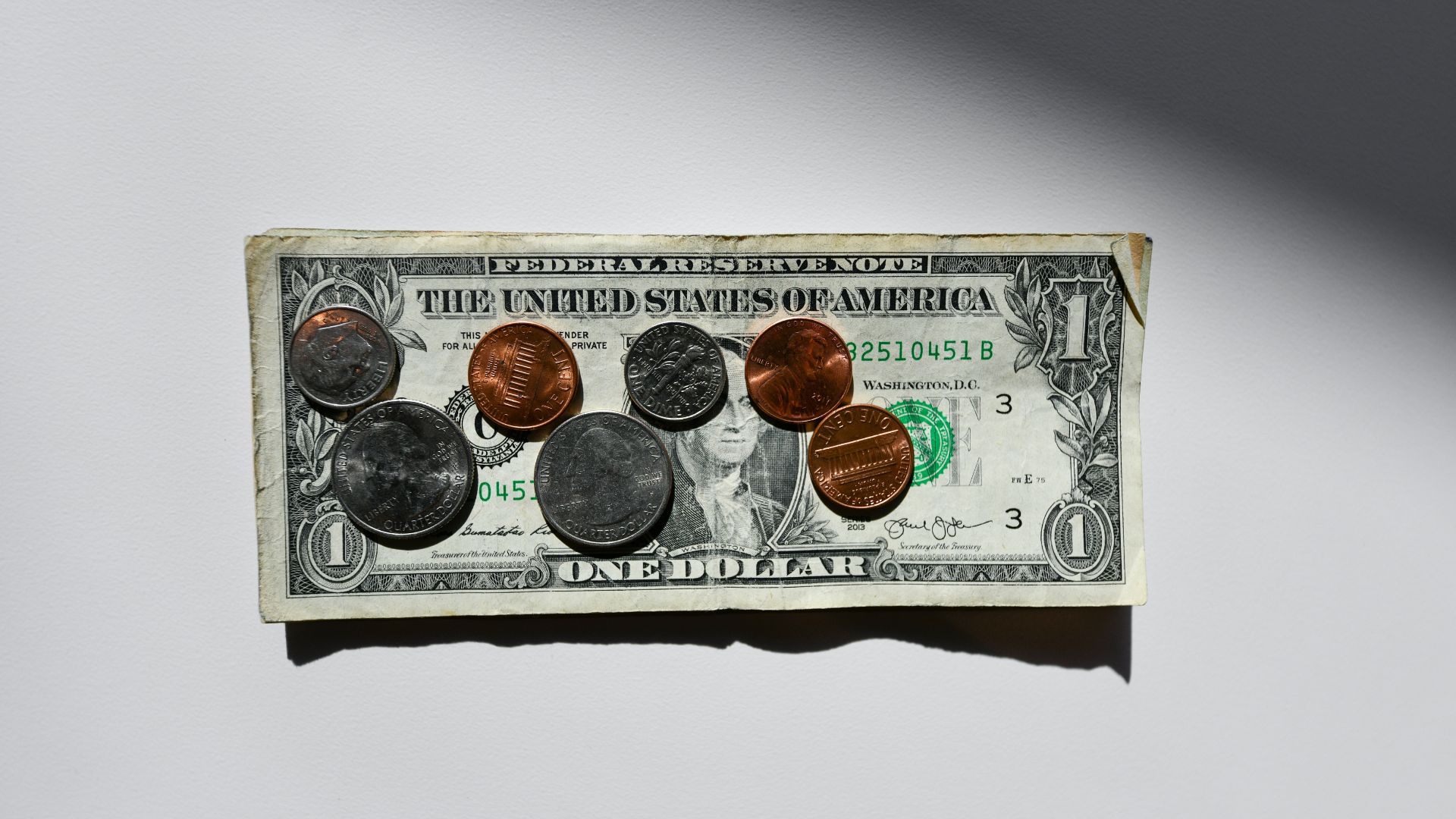
The decision to stop minting the one-cent coin is changing everyday transactions, from how businesses give change to how households handle jars of loose coins. Below you will find a clear, concise breakdown that explains why the policy shift matters, how shops and regulators are responding, and practical steps you can take with the coins you already own.
The cost problem

Producing pennies has become more expensive than their face value, which is the core reason for halting minting. The expense of metal, manufacturing and logistics makes each coin a net cost to taxpayers, prompting officials to pause production.
Signs at the register
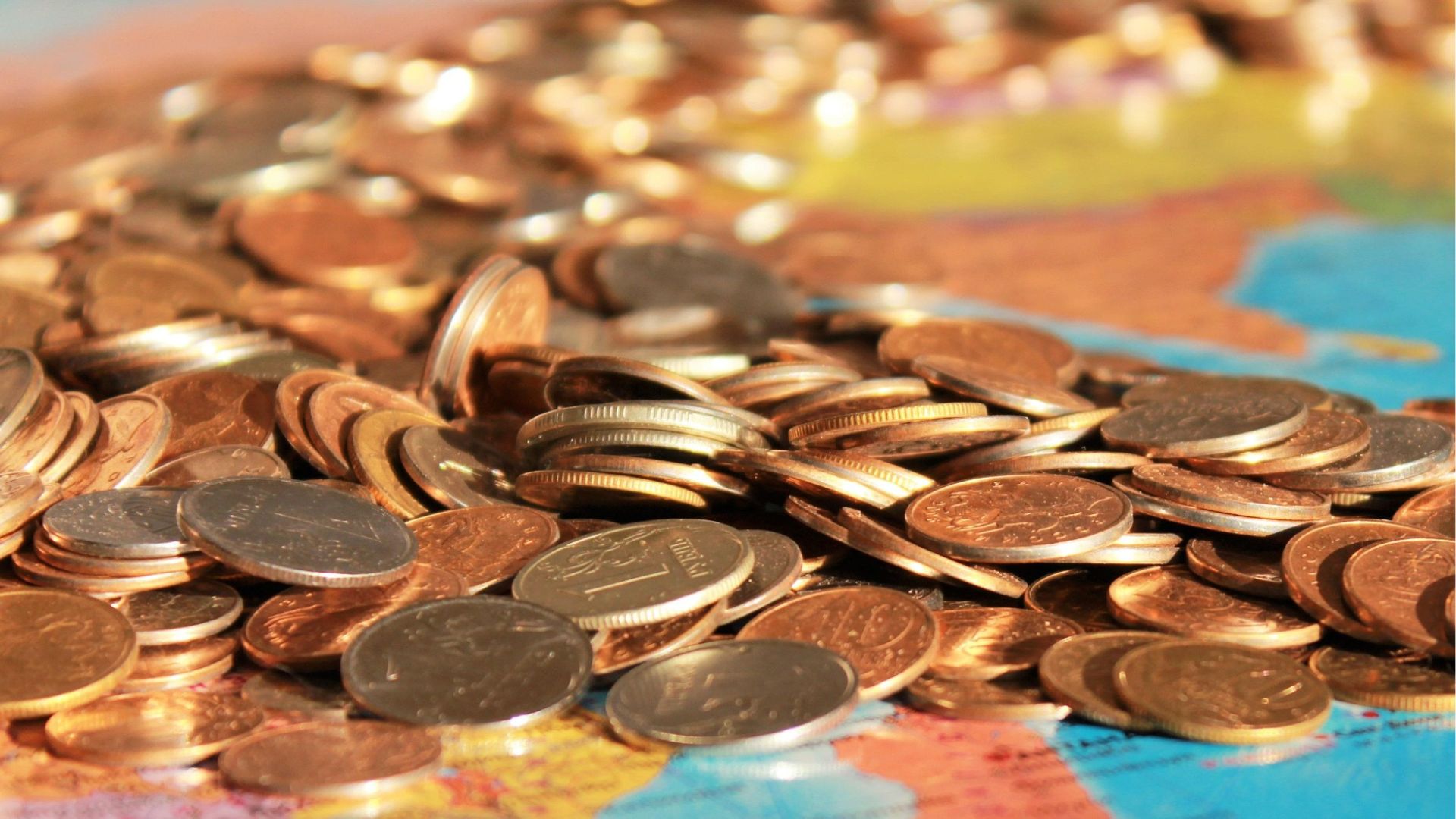
Some retailers have already run short of small change, which forces cashiers to choose between asking customers for exact change or applying rounding rules. Those visible shortages make the policy debate feel immediate for shoppers.
How rounding works in practice

When pennies are scarce, transactions are often rounded to the nearest five cents, either up or down, depending on the store. Businesses must decide whether to ask customers to voluntarily round, or to apply a single, uniform policy for all cash purchases.
Legal and tax complications

Because sales tax and reporting vary by state, inconsistent rounding practices create compliance risks for multistate retailers. Accounting systems and point-of-sale setups may need updates to ensure correct tax collection and audit trails.
What happens to coins already in circulation

There are still billions of one-cent pieces in wallets and jars, so they will not vanish overnight. However, distribution channels that move coins between banks and businesses are changing, which will slow how often cents circulate.
The future of the nickel
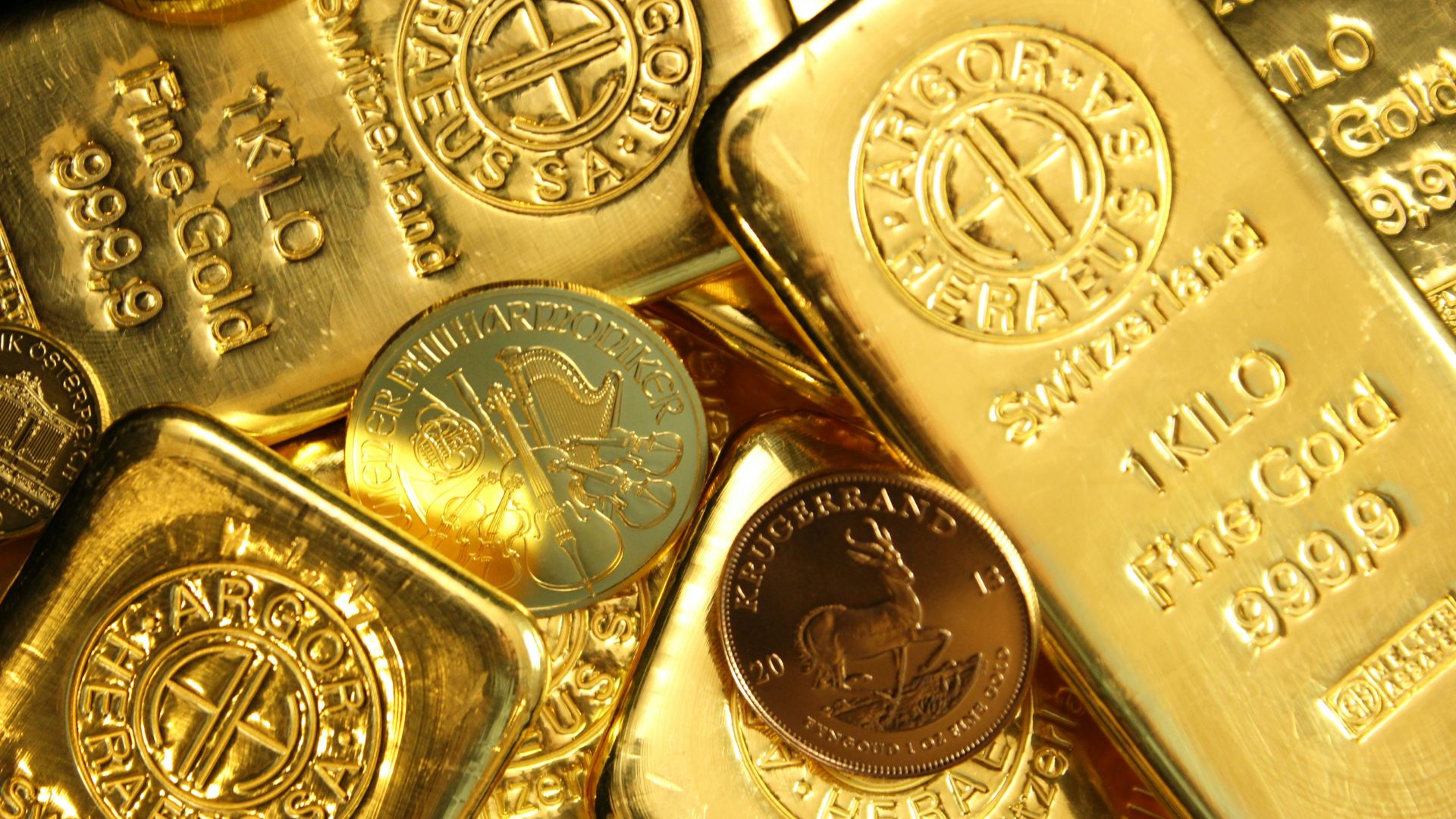
Nickels face similar scrutiny, since they cost more to produce than their denomination, but the math and public impact are different. Policymakers weigh the costs of rounding against the burden on consumers before making any move on five-cent pieces.
A brief history lesson
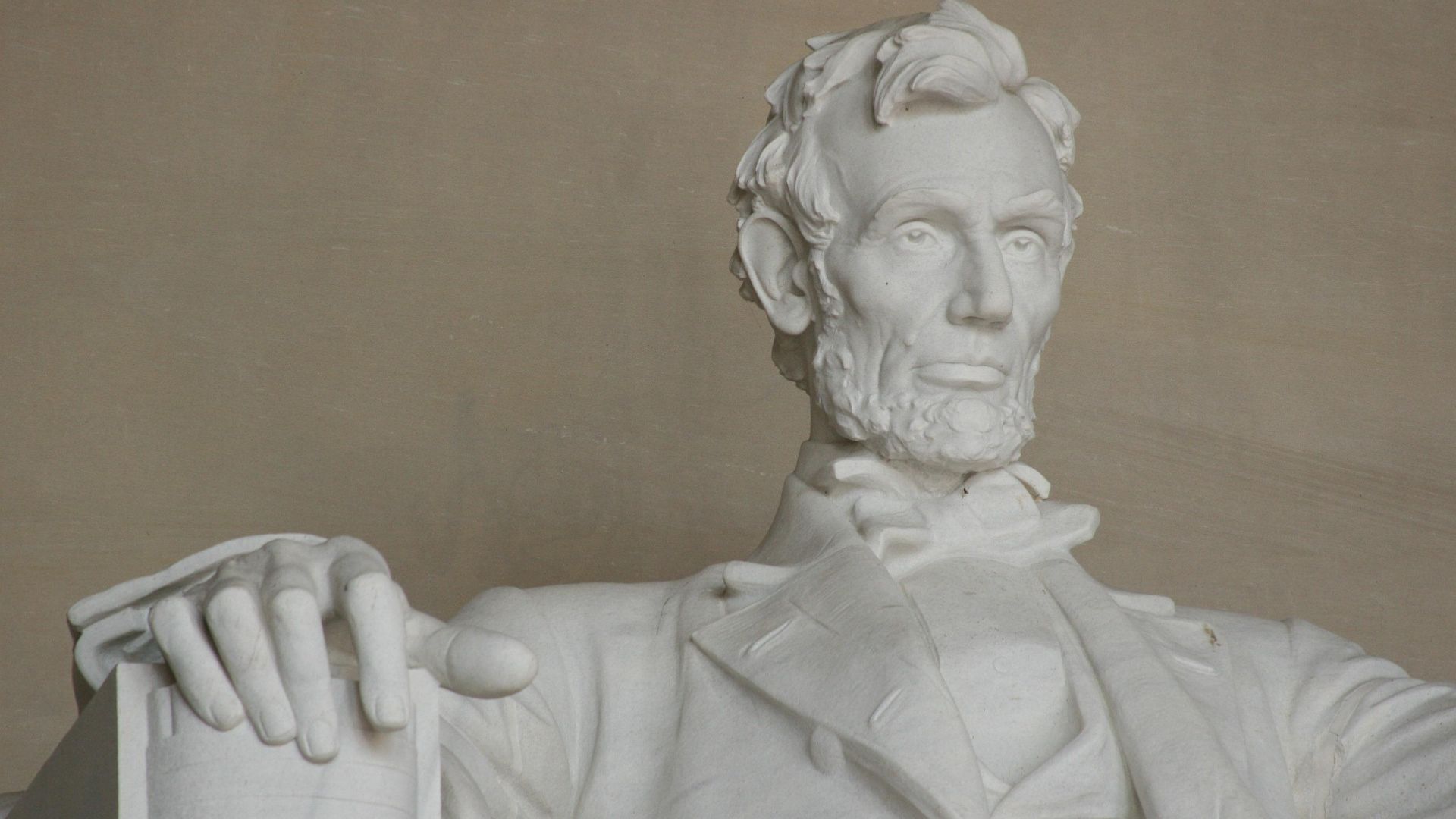
The penny has been minted since the 1790s and became emblematic with Abraham Lincoln on the obverse in 1909, which gave the coin cultural and historical resonance beyond its monetary value.
When cents are worth more than face value

Occasionally, rare examples, such as certain wartime minting errors, can be worth far more to collectors. For most households, however, older pennies remain worth one cent, unless verified as a genuine rarity by an expert.
Turning loose change into cash
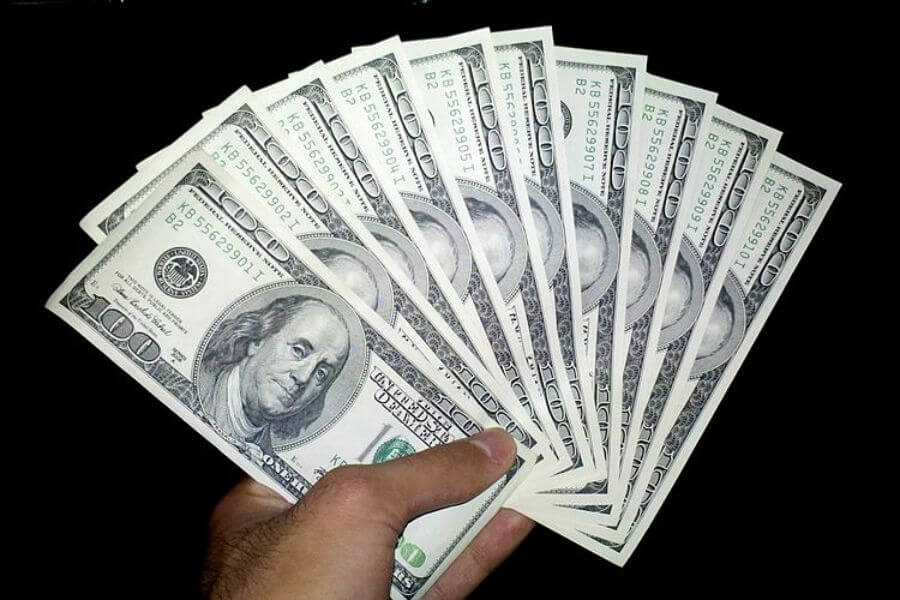
Households typically hold dozens of dollars trapped in rolled or loose coins, and banks or coin-counting kiosks offer a straightforward way to convert them into usable funds. Checking drawers and jars could reveal surprising small sums.
Practical takeaways
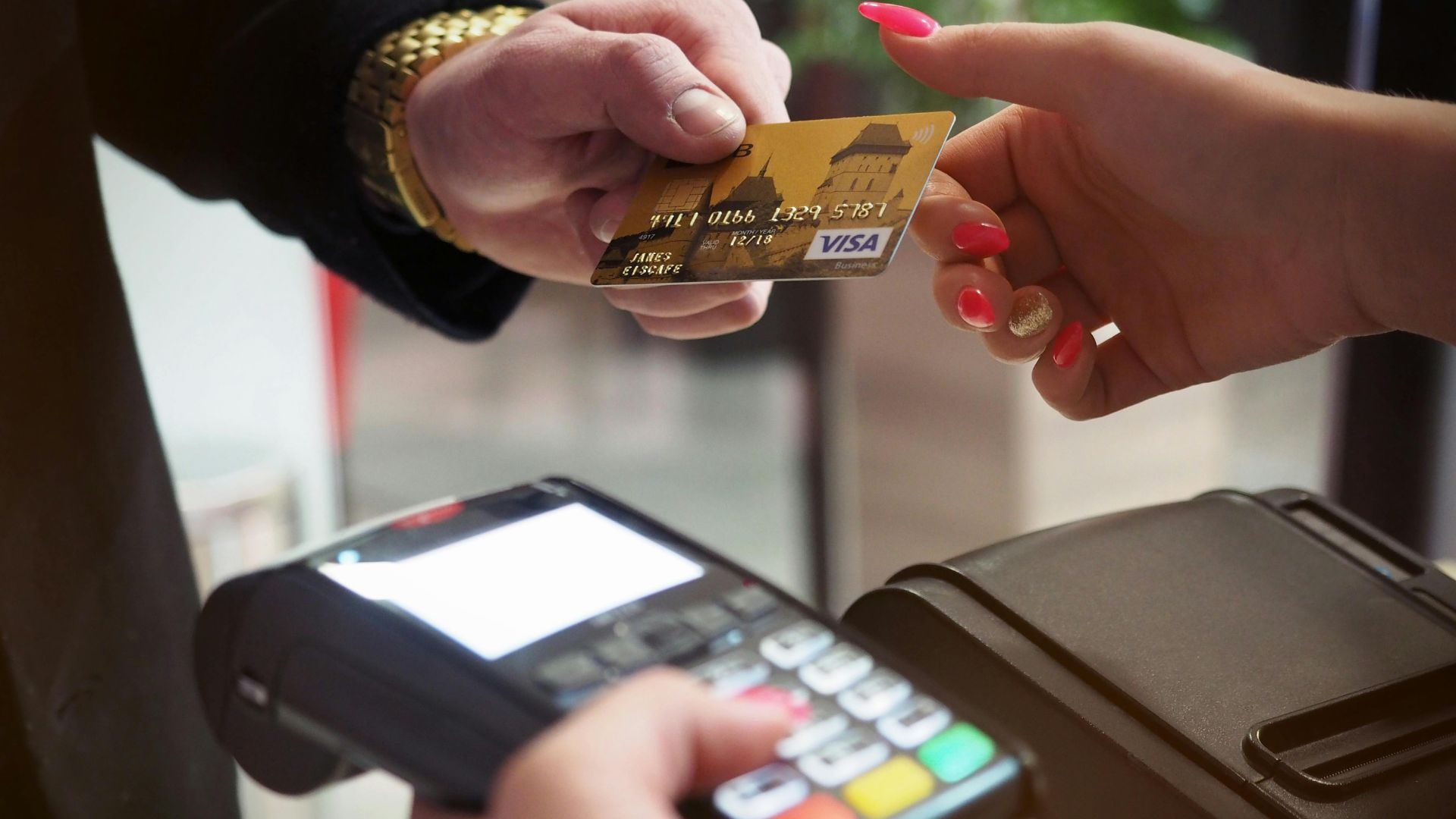
Businesses will need clear policies on rounding, consumers may increasingly prefer cashless payments, and families should consider converting excess coins into bank deposits. The change is gradual, but planning now prevents surprises later.